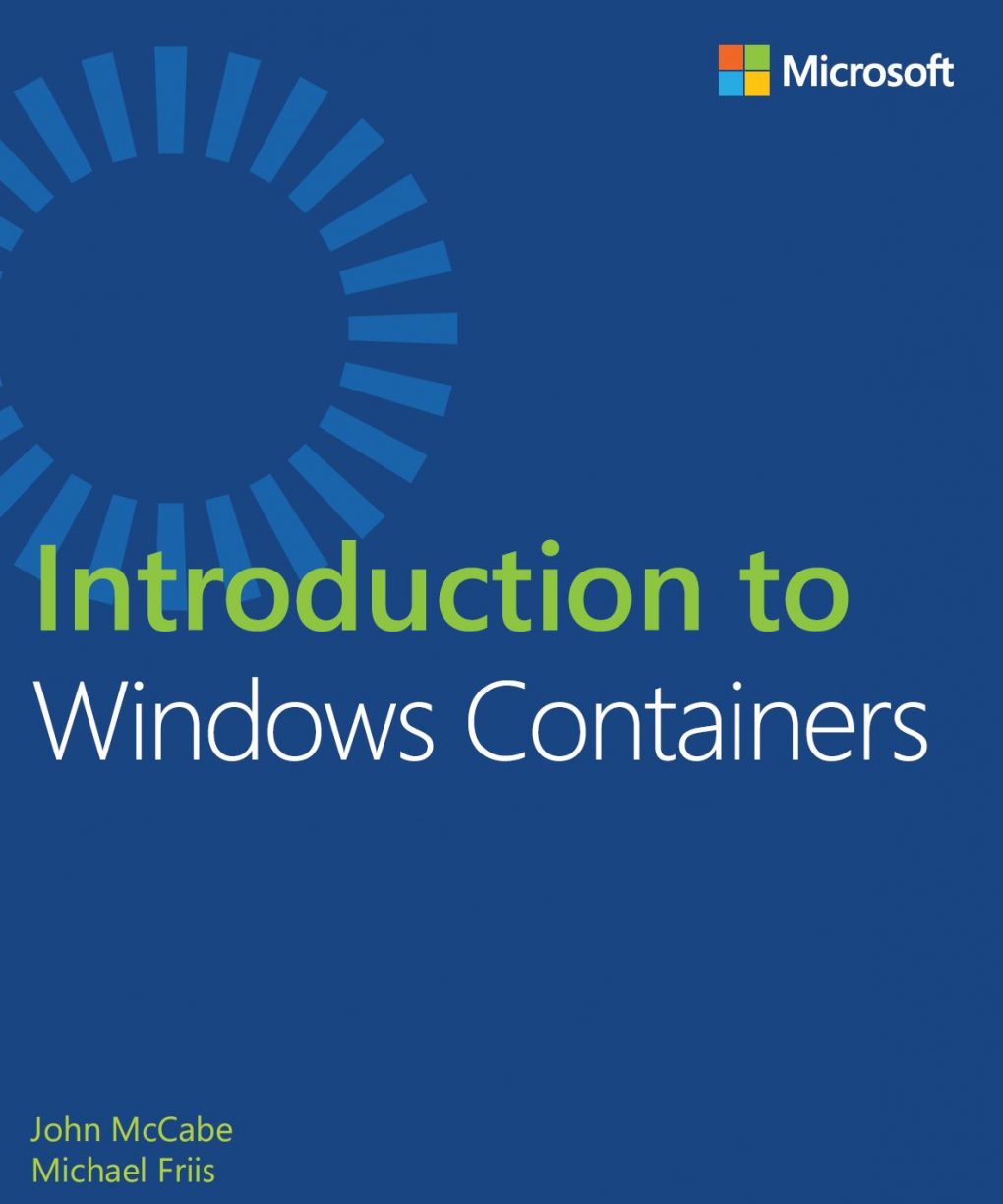 Introduction to Windows containers eBook
Introduction to Windows containers eBookHello everyone, how are you all doing today? You will love this post especially if you have interest about Windows Containers relating to Windows Server 2016, Docker and how to use it even with Linux deployments.
The book was written by John McCabe and Michael Friis, Introduction to Windows Containers introduces you to Microsoft’s implementation of containers in relation to the company’s partnership with Docker.
Introduction to Windows Containers eBook Links
Introduction To Windows Containers PDF
Introduction To Windows Containers ePub
Introduction To Windows Containers Mobi
What are Windows Containers?
Windows Container is an OS virtualization technology from Microsoft that is available from Windows Server 2016 onwards. Windows Server Containers are lightweight processes that are isolated from each other and have a similar view of the OS, processes, filesystem, and network. Technically speaking, Windows Server Containers are similar to Linux containers, which we discussed earlier. The only difference being the underlying kernel and workloads that run on these containers.
Container Host: Physical or Virtual computer system configured with the Windows Container feature. The container host will run one or more Windows Containers.
Container Image: As modifications are made to a containers file system or registry—such as with software installation—they are captured in a sandbox. In many cases you may want to capture this state such that new containers can be created that inherit these changes. That’s what an image is – once the container has stopped you can either discard that sandbox or you can convert it into a new container image. For example, let’s imagine that you have deployed a container from the Windows Server Core OS image. You then install MySQL into this container. Creating a new image from this container would act as a deployable version of the container. This image would only contain the changes made (MySQL), however it would work as a layer on top of the Container OS Image.
Sandbox: Once a container has been started, all write actions such as file system modifications, registry modifications or software installations are captured in this ‘sandbox’ layer.
Container OS Image: Containers are deployed from images. The container OS image is the first layer in potentially many image layers that make up a container. This image provides the operating system environment. A Container OS Image is immutable. That is, it cannot be modified.
Container Repository: Each time a container image is created, the container image and its dependencies are stored in a local repository. These images can be reused many times on the container host. The container images can also be stored in a public or private registry, such as DockerHub, so that they can be used across many different container hosts.
Discover more from Windows Mode
Subscribe to get the latest posts sent to your email.















